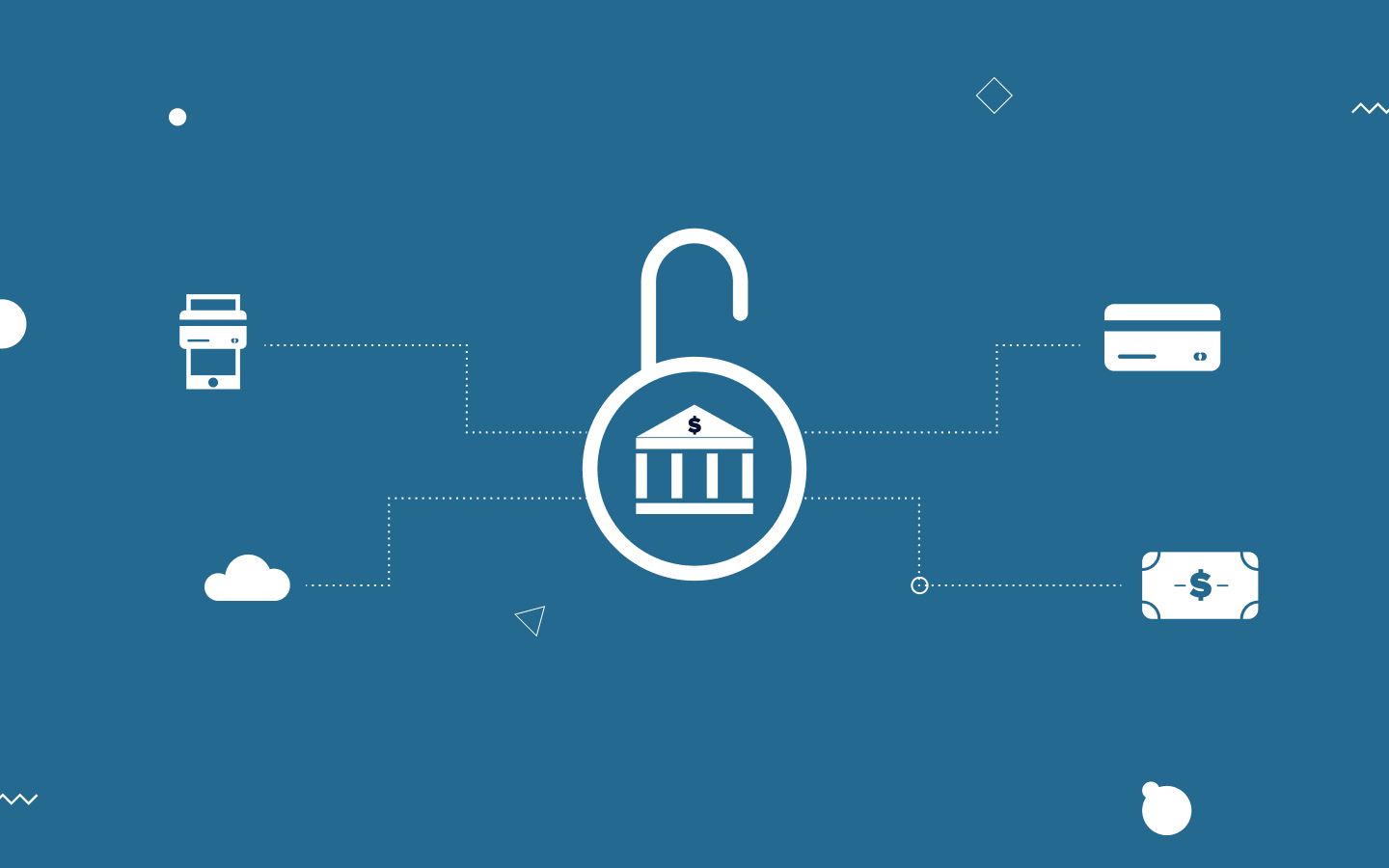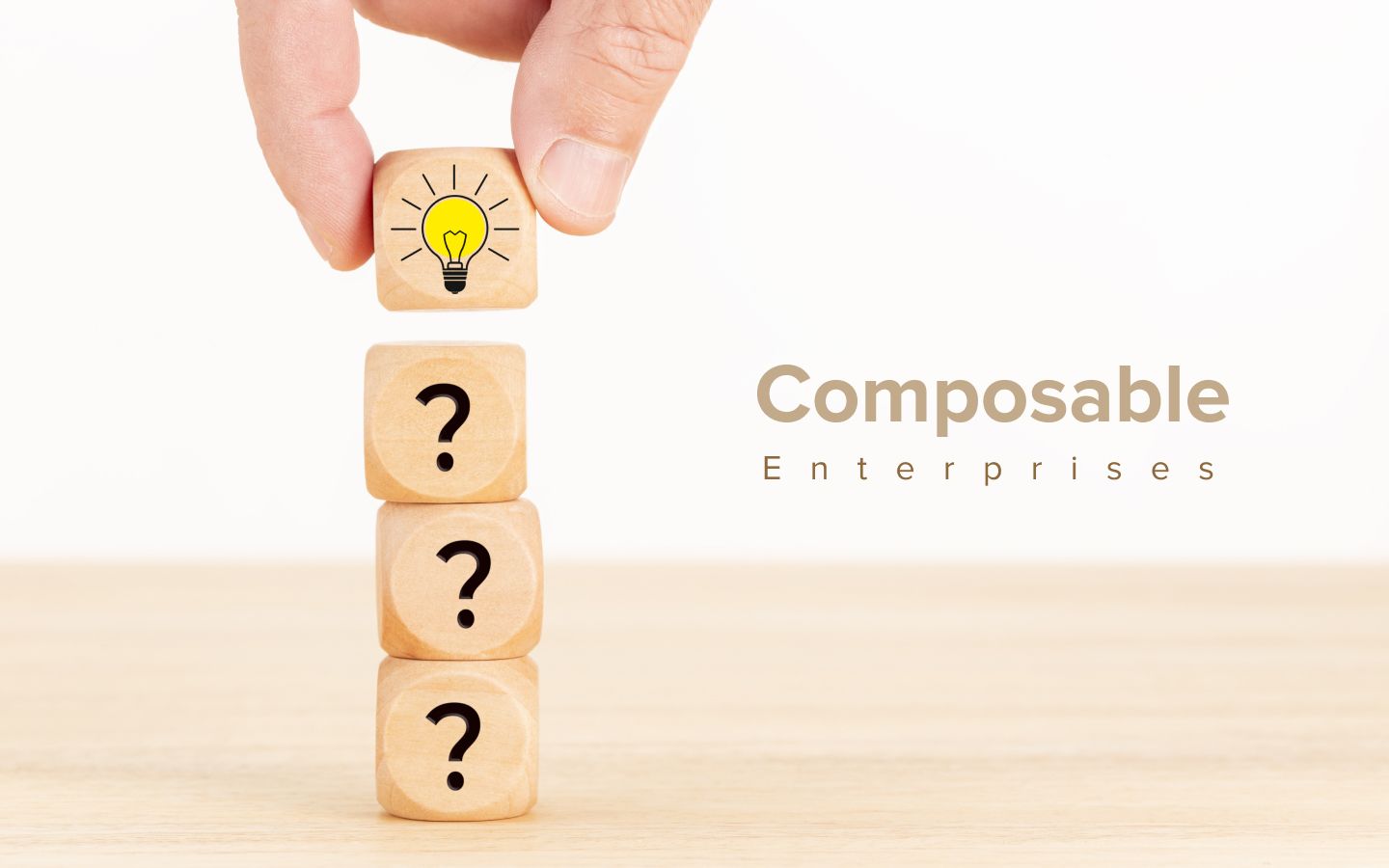A business’s success in the 21st century would depend vastly on its ability to adapt to the changing needs. Adapting here can mean adjusting to competition, finding ways to topple them in real-time, and utilizing technology to drive growth.
It is why the concept of composable enterprise has gained so much traction in the last few years. Such companies do not depend on a centralized infrastructure (that others spend crores to acquire). Instead, they rely on open APIs, cloud, and superior analytics to drive their business and success.
The modern-day businesses no longer experience the bottlenecks traditionally caused by costly infrastructure, which was rigid in its application and scored low on adaptability. Any business looking to become a composable enterprise must understand that the change won’t happen overnight. You will have to be patient and have the drive to remodel yourself.
Introduction
Gone are the days where applications were custom coded. The modern ones are composed. It allows them to do much more than they previously could and offers a host of additional benefits. It means that companies cannot go on a shopping spree in this department like in the past. They now have to match the blazing pace of technological changes and imbibe a hyper-selective approach.
The tech sector’s continual changes have led to a massive surge in organizations that do not hold back and offer their services in more ways than one. It is why services like automation tools, IaaS (Infrastructure as a Service), iPaaS (Integration Platform as a Service), subscriptions for applications, and more, are gaining traction.
The year 2020 supercharged the business world’s endeavor to adopt a more versatile outlook. It had multiple proven techs that were once considered foolproof go redundant. Organizations had no past to fall back on, and they barely saw what was coming but had to find ways to survive.
The paradigm shift led to the rise of composable enterprises. These businesses could mold themselves, had no backlogs, did not commit to a model, and had the flexibility to meet the most unfathomable circumstances.
About composable enterprise
A Gartner report lists composite architecture as one of the five emerging trends that would be the key enablers in shaping technological innovations in the current decade.
What does composable enterprise mean? To describe in a single line – they are the future. Let us delve deeper.
“Composable business is a natural acceleration of the digital business that you live every day. It allows us to deliver… real-time adaptability and resilience in the face of uncertainty.” - An excerpt from Gartner Keynote
The term ‘composable enterprise’ refers to an adaptable entity with the ability to map technology solutions rapidly. It lets them better cater to their business endeavors. The ability to integrate at will has been one of the critical enablers for businesses.
Businesses that describe themselves as composable are no longer coding and customizing. They are instead more inclined towards configuring and integrating. The inculcation of an elastic cloud has helped them move away from on-premise workloads. It has enabled them to tackle adversities better and quickly adapt to the changing technological landscape.
So how are they able to achieve flexibility? All thanks to APIs (Application Programming Interfaces) and increased focus on modularity. Instead of depending on a rigid structure, APIs form the base of a composable enterprise. Businesses source them from internal data centers or third-party providers. It enables them to break down complex systems into easily modifiable blocks (APIs).
The traditional business environment had a host of costly assets that they acquired for running their organization smoothly. These software suites gave them access to specific software for multiple years and constrained their ability to try new ones because of the sky-high costs.
The modern business has a new focus and a revamped understanding of the software they use. Instead of acquiring everything, modern companies buy some of them, and subscribe to others like iPaaS, SaaS (software as a service), and IaaS (infrastructure as a service). It allows them to scale and switch at their convenience and not worry about costs.
Organizations that have adopted composable infrastructure report up to 48% savings on hardware cost. The majority of it - 35%, comes from server-related cost reductions.
Building blocks
A Garner report mentions that 69% of corporate directors are pitching for embracing the building blocks and principles of composable business. They believe it would place them with the strength and the flexibility to handle the unprecedented volatility caused by the pandemic, and that would seem to continue affecting businesses in the near future.
A composable enterprise comprises three essential parts –
Composable thinking
Composable thinking refers to letting your mind be free of any baggage and allowing it to be creative. It states, it is better to refrain from defining ‘composable,’ and one should instead focus on modularity, discovery, autonomy, and orchestration. These would be the guiding light showing you the endless possibilities and the right time to develop something new.
Composable business architecture
Composable business architecture refers to a flexible and resilient structure of an organization. It gives them the purpose and the strength to quickly adapt to the changing needs without fiddling with the entire ecosystem. It also allows you to access mechanisms that would otherwise not be possible for businesses with rigid business architecture.
Composable technologies
The composable technologies refer to the modern-day marvels. These are the building blocks that allow integrating everything in a business environment. It will enable enterprises to be composable and have the capabilities to adjust themselves to the changing needs with ease.
Goals
Everything around us exists for a reason. So do composable enterprises. Here are the goals of a composable enterprise –
Event-driven
A major event in the traditional business environment would often see businesses taking a long time to adjust. Companies would often take days to welcome a new client. The modern-day landscape does not give businesses such leeway. An event-driven architecture enables businesses to detect occurrences as soon as they take place. It also allows them to react to them in real-time.
Delivering innovation in the blink of an eye
Composable enterprise harps on improving the process for both internal and external users. It seeks to provide them with valuable offerings faster to enable them to get more out of their association with the business.
Ramp up the building, testing, and deploying times
The inculcation of iPaaS, SaaS, and other similar rented services with an able business structure augments the development and deployment processes. Instead of writing code from scratch and fret on it for days, a composable environment aims to eliminate the need to build things from ground level. It also enables them to cut costs, reduce duplication, and improve integration.
Scalability on demand
Scalability goes both ways. In the days of adversity, a business cannot continue operating at the same levels as before. With the help of APIs, composable enterprises can scale up or down in real-time. It means getting rid of earlier prevalent organisational silos and creating solutions that allow businesses to adjust better.
Characteristics of a composable enterprise
Here are the characteristics of a composable enterprise –
- It allows businesses to provide services on-demand.
- Most business processes are API-dependent, enabling easy integration and removal.
- APIs enable easy sharing of organizational data and processes to the partners.
- It will enable scalability with ease allowing your workforce to manage demand and requirements better.
- With APIs, you get optimum security built into each building block.
- You get solutions with a focus on bottom-up capability (not possible before in most cases).
Related reads:











